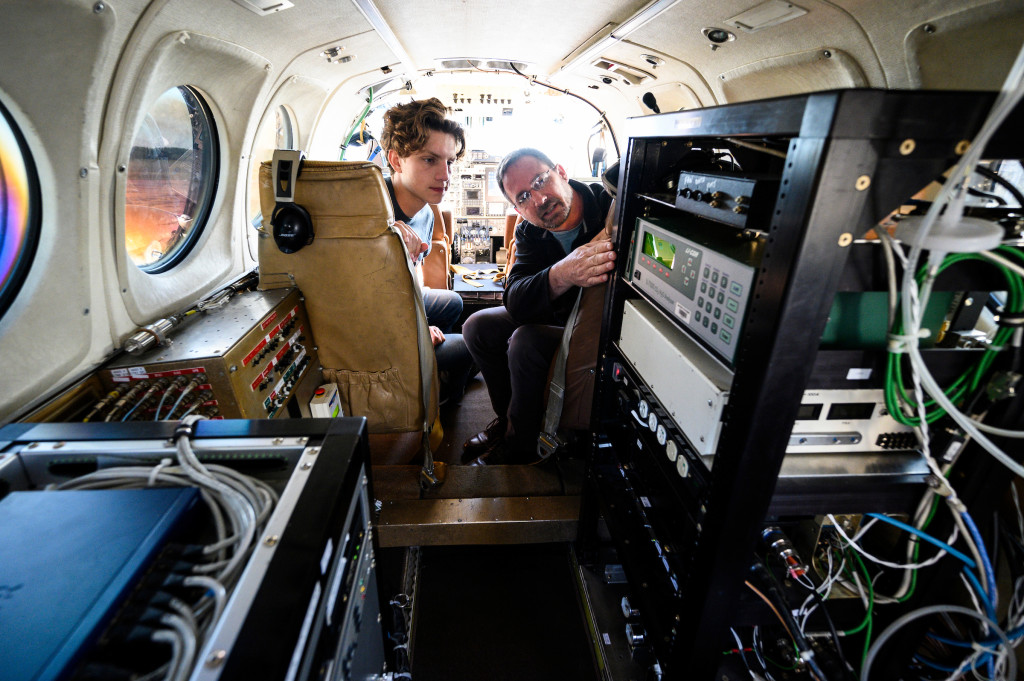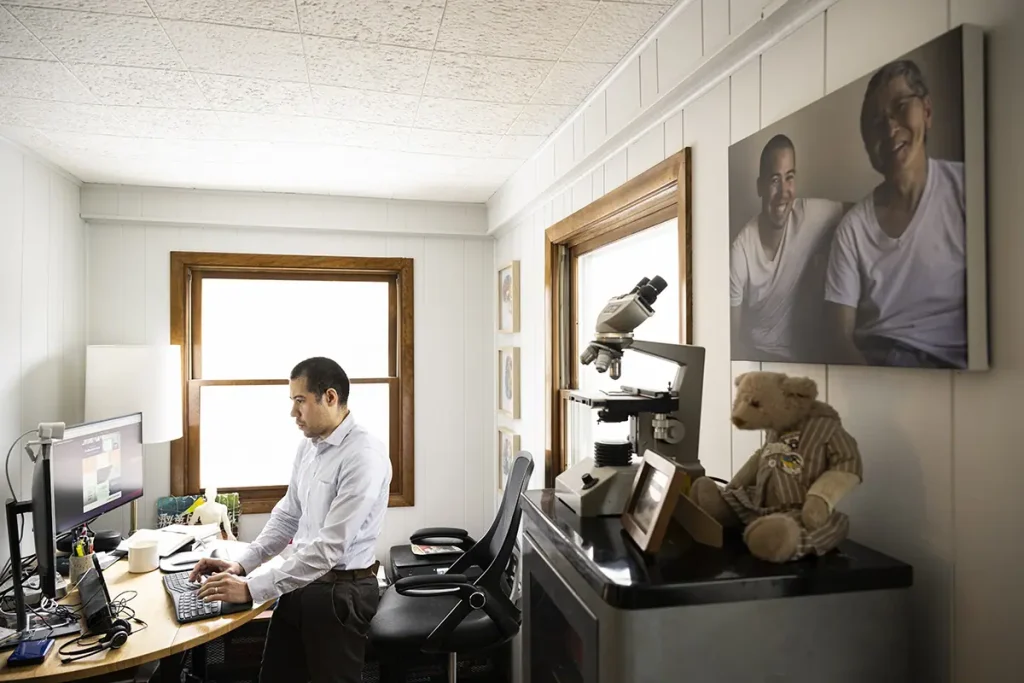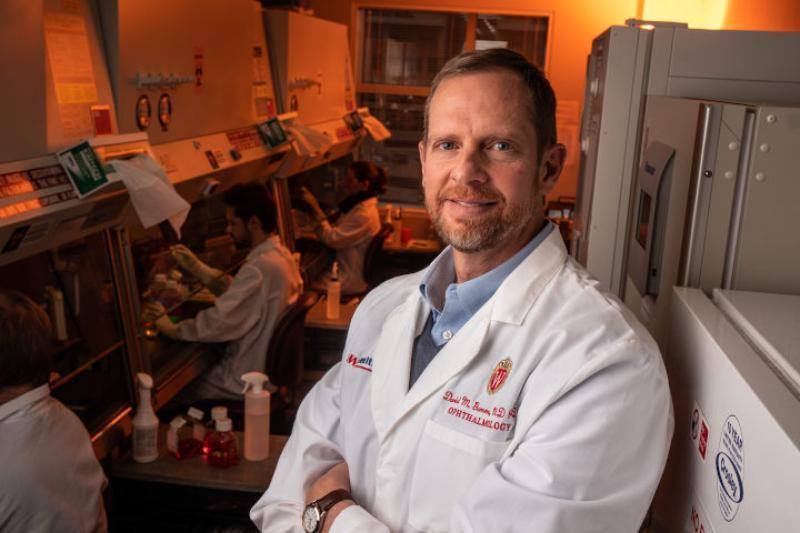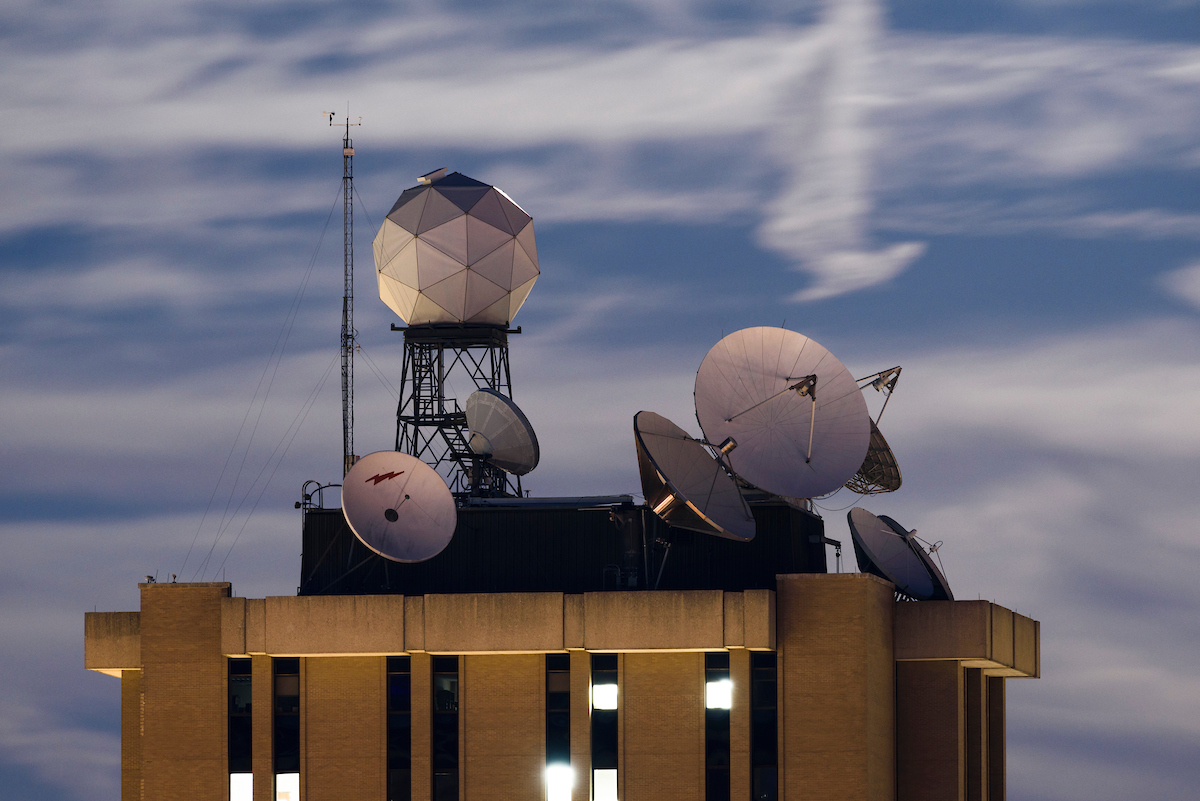
Research Moves Us Forward
Research at the University of Wisconsin–Madison drives innovation, saves lives, creates jobs, supports small businesses, and fuels the industries that keep America competitive and secure. It makes the U.S.—and Wisconsin—stronger. Federal funding for research is a high-return investment that’s worth fighting for.
How is UW research making a difference?
Here are just some of the everyday ways that UW–Madison research, with federal funding, has improved and saved lives and made the U.S. stronger. Federally funded research at UW–Madison has led to:
Cancer diagnostics
Satellite meteorology
Organ transplants
Stem cells and regenerative medicine
A smart investment that pays off
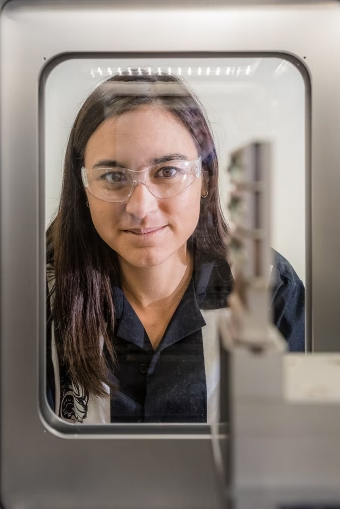
Keeping the U.S. competitive globally
Research universities train the scientists, engineers, farmers, veterinarians, and doctors keeping the U.S. competitive—and leading—in innovation and discovery. Learn how UW–Madison is engineering next-generation batteries.
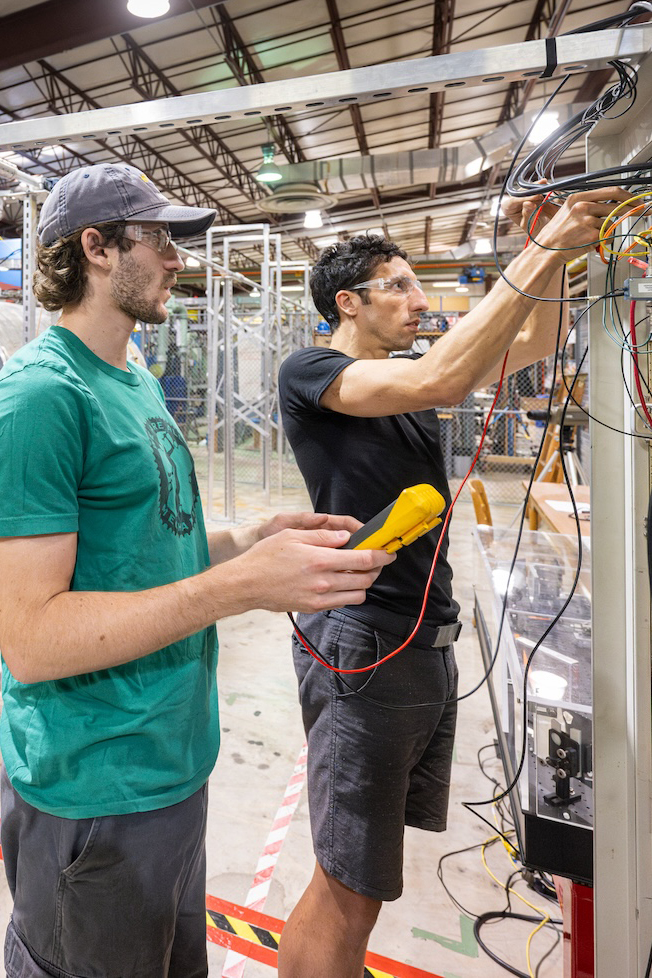
Protecting national security and energy independence
Research funding supports cutting-edge work tied directly to national defense and energy independence. Learn how UW–Madison is advancing America’s clean energy future.
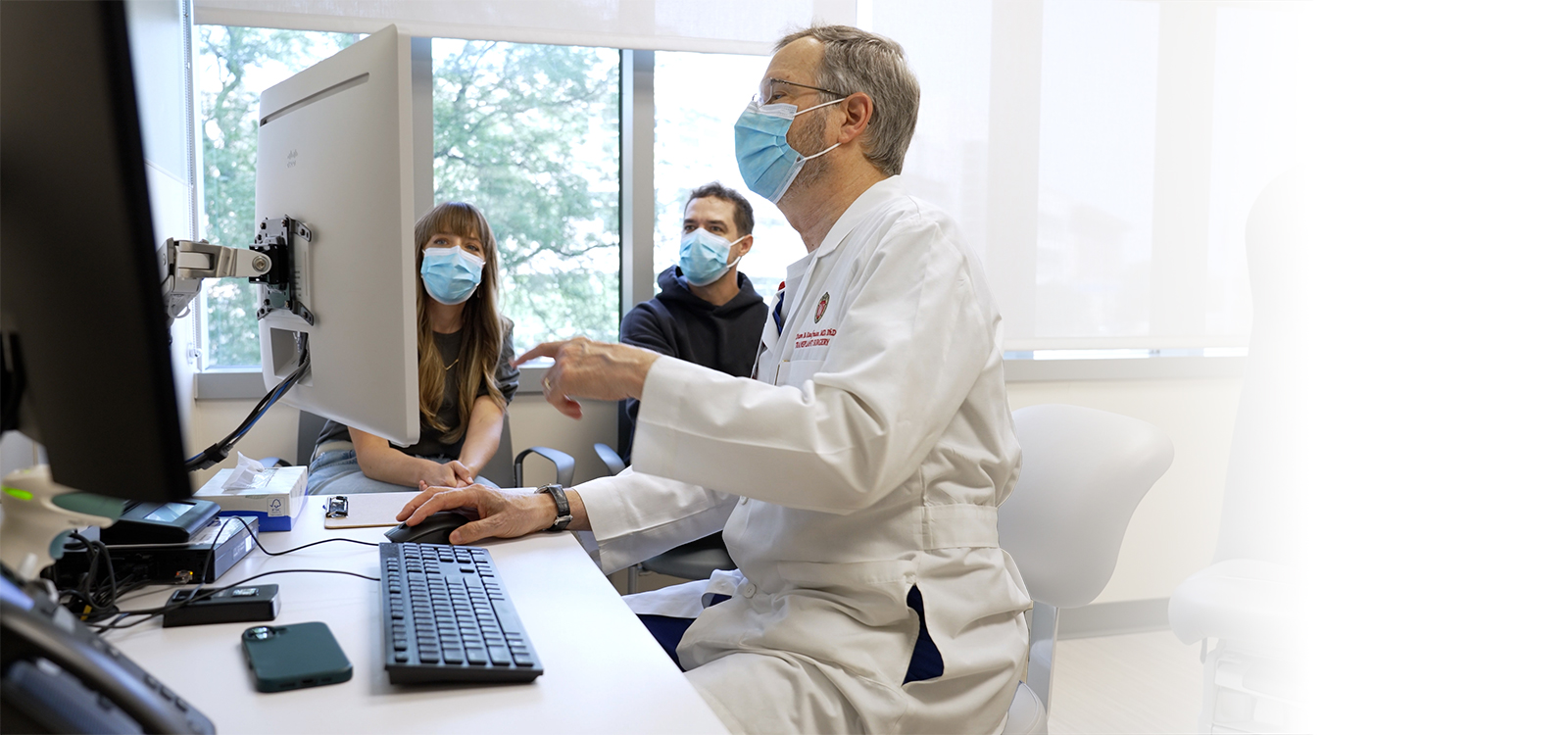
Helping families and saving lives
Research leads to advancements in health and medicine, cures disease, and reduces healthcare costs. Find out how UW–Madison research is allowing organ transplant recipients to live without costly anti-rejection meds.

Supporting farmers and industry
Land grant universities support the work of farmers, manufacturers, and small businesses. Explore how UW is helping farmers plan with better weather data.

Powering private sector progress
Research funding acts like a seed investment, reducing risk so private industry can turn basic science into real-world breakthroughs. Find out how UW researchers are turning plastic waste into high-value products.
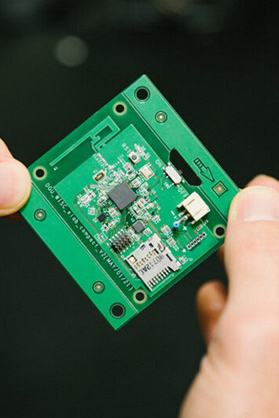
Driving economic growth
Research delivers strong returns—creating jobs, launching startups, and driving industry. Together, UW–Madison and its affiliated startups contribute over $30.8 billion to the economy. Meet the UW alumn growing Wisconsin’s semiconductor industry.
Every $1 invested by the National Institutes of Health generates an estimated $2.56 in economic activity.
Research improves lives
Federally funded research at UW–Madison improves health, well-being, and national security. It drives invention, innovation, and job creation, and it helps prepare the next generation of scientists, engineers, creators, and business leaders.
What happens if there’s less federal funding?
Here’s what we lose as a nation when UW’s federal funding is disrupted:
Fewer medical breakthroughs
Loss of talent to other countries
Job loss and slower economic growth
Reduced competitiveness in AI, biotech, clean energy, and national security
The real costs of research funding cuts
In February, the National Institutes of Health announced a cap on funding that would put tens of millions of dollars of biomedical research funding at UW–Madison at risk. But what’s really at stake? The university’s ability to advance life-saving research and innovation.

Meet the people behind the research
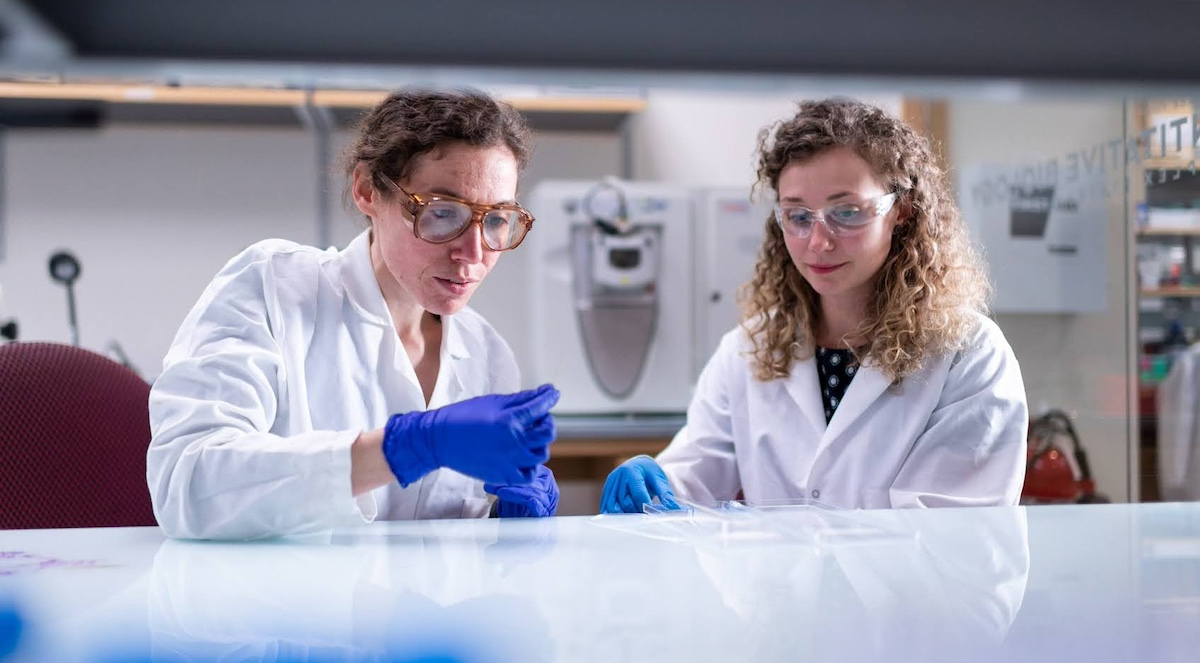
METABOLISM
Katherine Overmyer
Katie Overmyer leads research that’s uncovering insights into diseases like cancer and Alzheimer’s.

PREVENTING PANDEMICS
Robert Kirchdoerfer
Robert Kirchdoerfer studies coronaviruses and trains early career researchers to help prevent future pandemics.

EPILEPSY
Barry Gidal
Barry Gidal, a nationally recognized leader in epilepsy research, is driving progress in treatment and patient advocacy.
What makes discovery and innovation possible at UW–Madison?
Research universities like UW–Madison are part of what makes America great. The decades-long compact between the federal government and universities has sparked incredible innovations and made us the envy of the globe. Research universities take on the risks of basic discoveries that become the spin-off companies and cures of tomorrow. They’re where students gain the skills, knowledge, and opportunities that prepare them to be next-generation leaders. Research universities are smart investments that pay off.
One way the federal government supports research—indeed, how it has done so for decades— is to fund individual projects and institutions with grants through a highly competitive grant application process. This funding supports direct expenses like staff salaries, graduate student stipends, and supplies. It also supports indirect costs, which include everything from large, shared scientific equipment, to laboratory and facility construction costs, data infrastructure costs, utilities, the costs of administering grants appropriately, and the often-considerable expense of complying with federal rules and regulations surrounding research.
These so-called “indirect costs” aren’t optional expenses. They are a substantial and absolutely fundamental part of innovative science. As is the case while running a household, families need both money to buy groceries (direct) and the financial resources to keep a working refrigerator and electricity (indirect) to store milk and eggs.
Federal funding accounts for one quarter of UW–Madison’s annual budget.
UW–Madison, UW-affiliated organizations and UW-related startups contribute $30.8 billion per year to the state’s economy. This economic activity supports more than 232,000 jobs and generates $1 billion in state and local taxes. It has also led to the creation of more than 400 UW-related startup companies in Wisconsin that help improve lives. These companies are tackling everything from blindness to improved survival rates for surgery patients.
